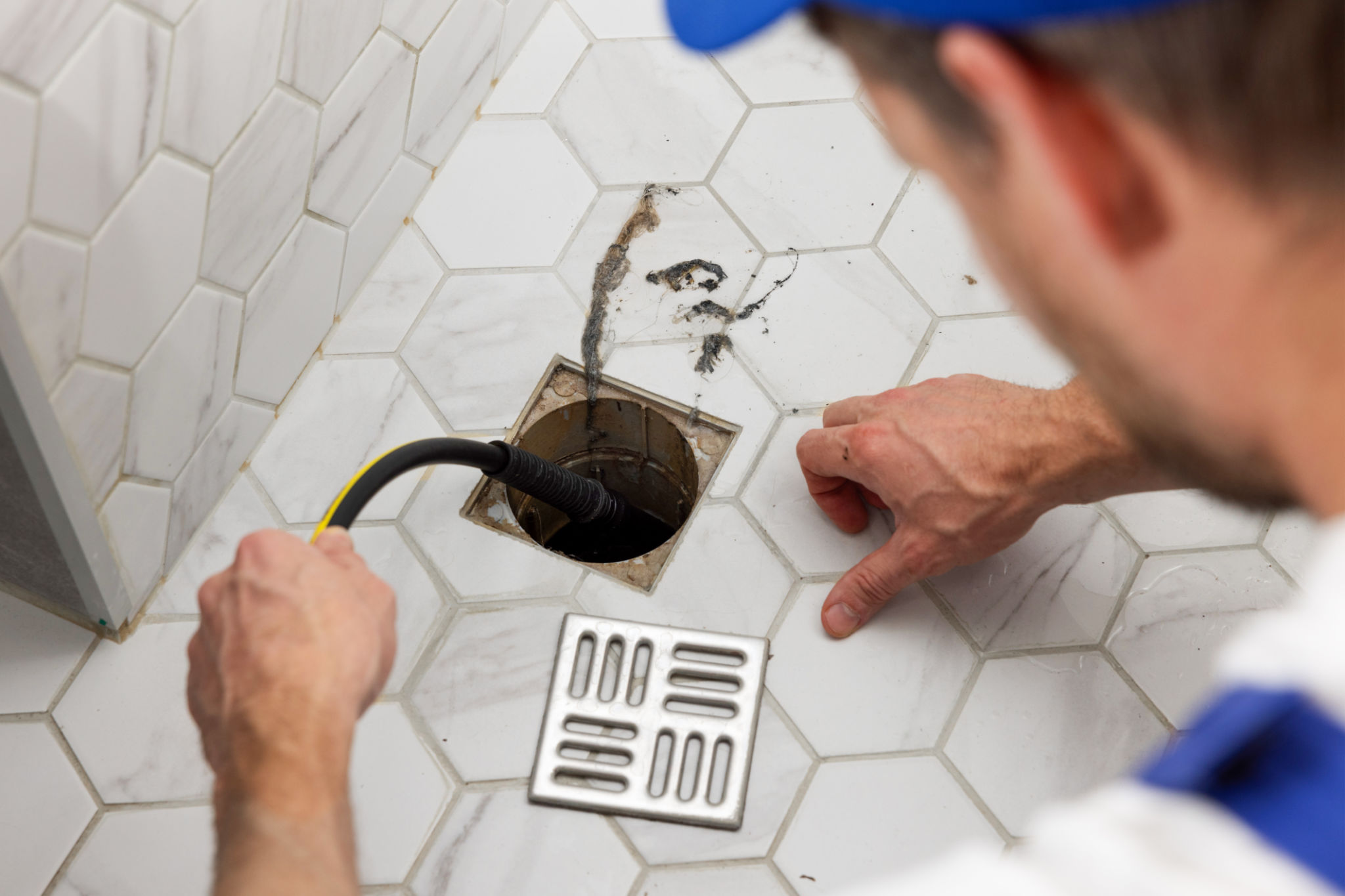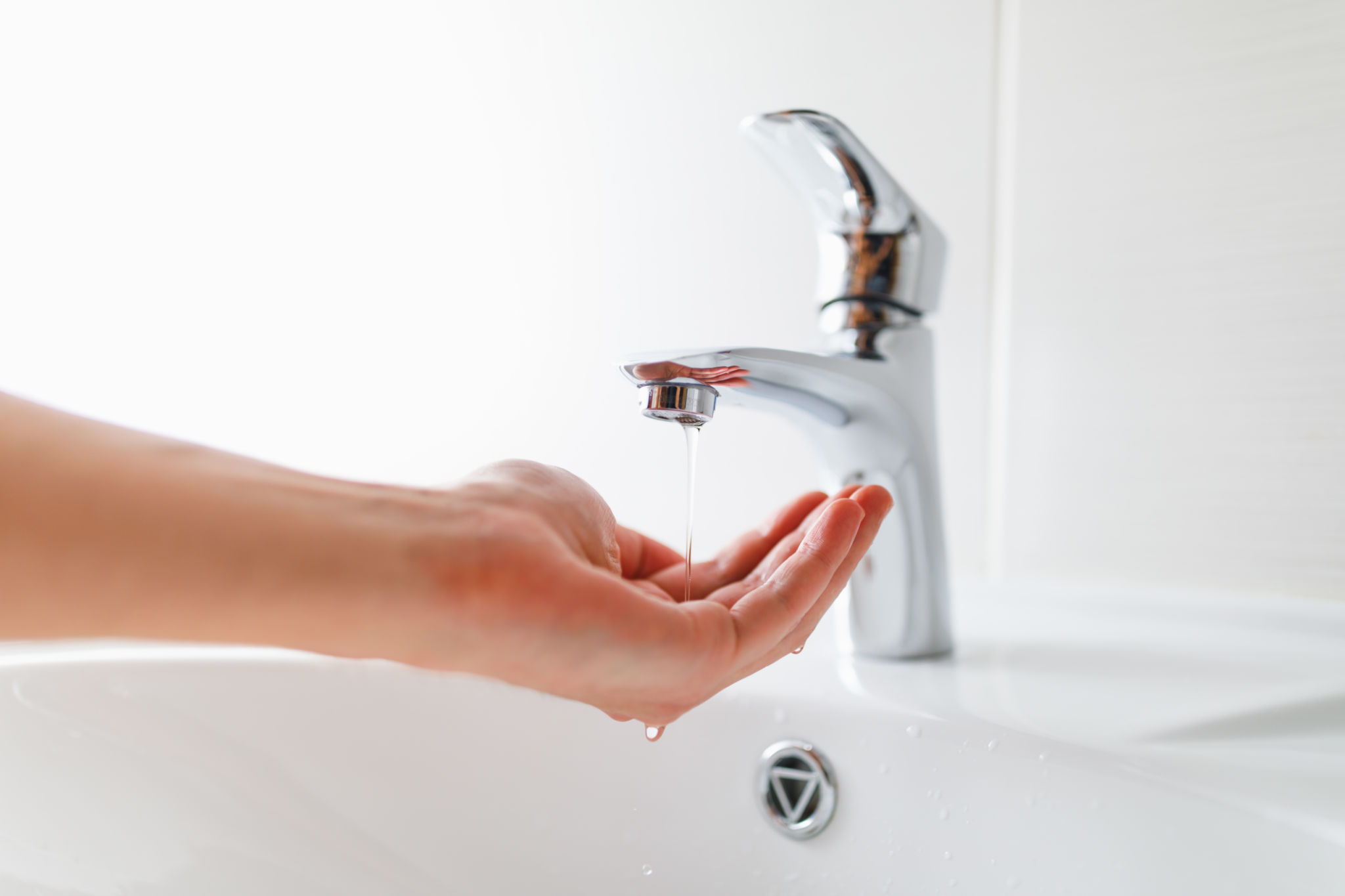DIY Tips for Basic Plumbing Repairs in Your Gawler Home
Understanding Basic Plumbing Tools
Before diving into any plumbing repairs, it's essential to familiarize yourself with the basic tools you’ll need. A good toolkit for plumbing should include a pipe wrench, plunger, plumber’s tape, and a basin wrench. These tools will help you tackle most minor plumbing issues that arise in your Gawler home.

Fixing a Leaky Faucet
A leaky faucet is not only annoying but can also lead to increased water bills. To fix this, first turn off the water supply. Remove the handle of the faucet to access the cartridge or washer, which is often the source of the leak. Replace the worn-out part and reassemble the faucet. Turn the water back on and check if the leak persists.
Tools You Will Need
Ensure you have the following tools on hand: an adjustable wrench, a screwdriver, and replacement parts like washers or cartridges. Having these ready will make the repair process smoother.

Unclogging a Slow Drain
Slow drains can be frustrating, but they’re usually easy to fix. Start by removing any visible debris from the drain. Use a plunger to try and clear the blockage. If this doesn’t work, a plumbing snake can be used to reach deeper clogs. Regular maintenance with baking soda and vinegar can help prevent future clogs.
Preventive Measures
To avoid slow drains, consider using a drain cover to catch hair and other debris. Regularly flushing your drains with hot water can also help keep them clear of buildup.

Repairing a Running Toilet
A running toilet can waste a significant amount of water. To fix this issue, check the flapper valve first. It may need replacing if it’s worn out or not sealing properly. Adjusting the float in the tank might also help stop the toilet from continuously running.
Step-by-Step Guide
1. Turn off the water supply to the toilet.
2. Remove the tank lid and inspect the flapper.
3. Replace or adjust the flapper as needed.
4. Check and adjust the float mechanism.
5. Turn the water supply back on and test the toilet.

Dealing with Low Water Pressure
Low water pressure can be caused by several factors, including clogged pipes or faulty fixtures. Begin by cleaning your faucet aerators and showerheads, as mineral deposits can reduce water flow. If the problem persists, it might be necessary to inspect your pipes for leaks or blockages.
When to Call a Professional
If you’ve tried these DIY solutions and still experience low water pressure, it may be time to call a professional plumber. They can diagnose and fix more complex issues that might be affecting your home’s plumbing system.

